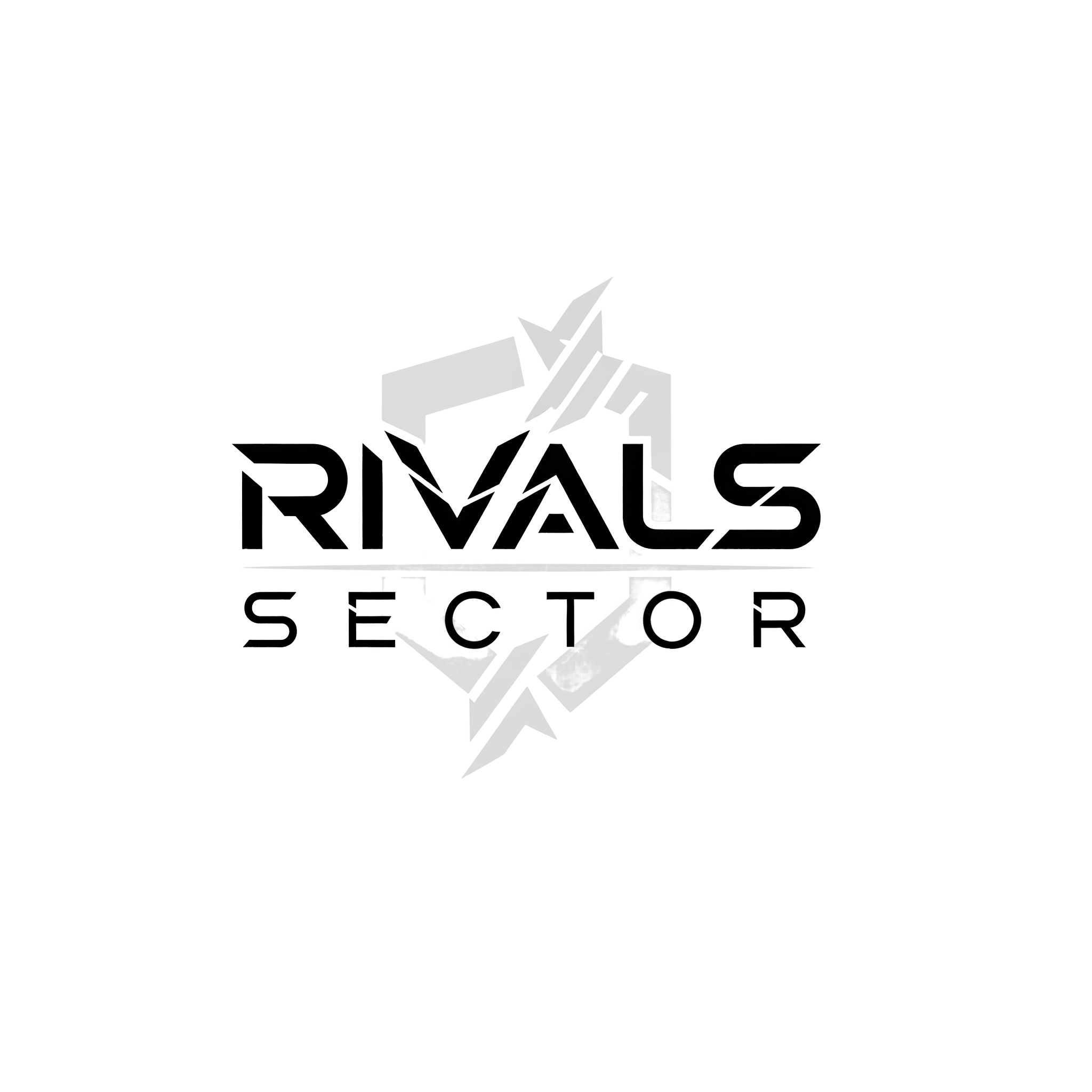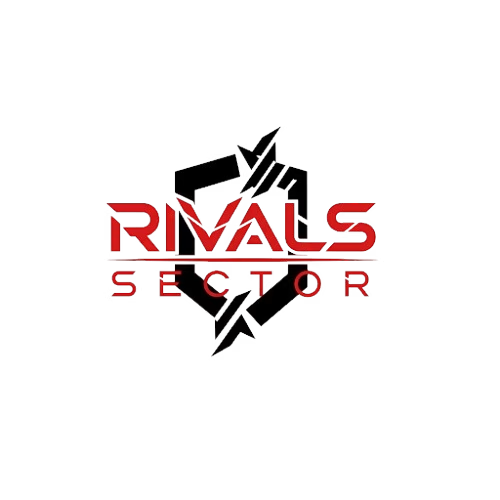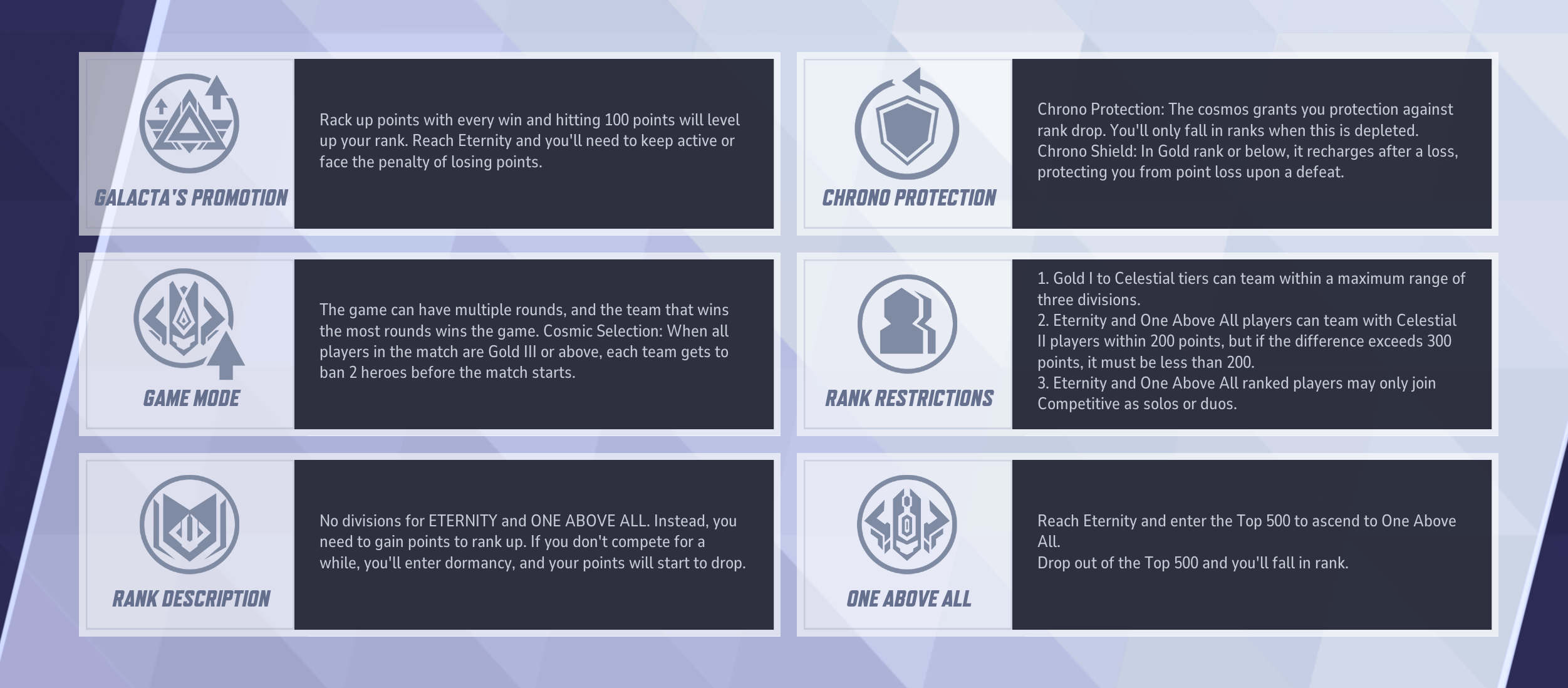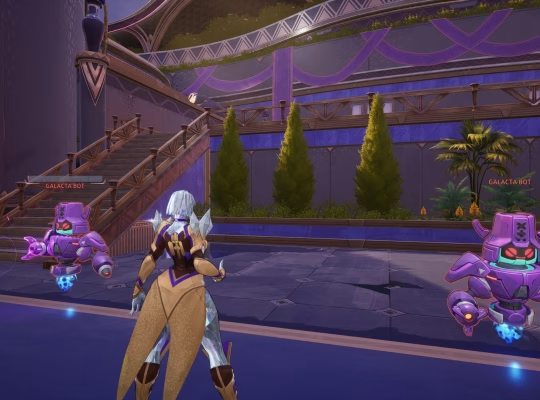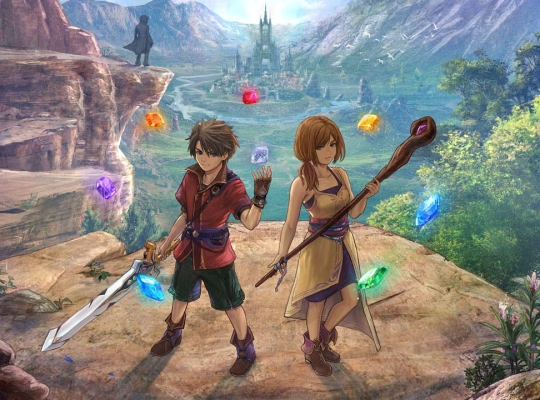If you’re anything like me, you live for that rush of competitive play. The heart of any great team-based game isn’t just the flashy abilities or the cool character designs, it’s the ranked ladder. In Marvel Rivals, the ranked system is the absolute core of the competitive experience. It’s where you prove your skill, where you climb the ranks alongside your friends, and where every win and loss feels like a gut punch. While the basics are easy to grasp, the deeper mechanics can feel like a mystery. I’m here, as an expert writer for Rivals Sector, to pull back the curtain on this complex system, giving you the knowledge you need to start your climb to Celestial.
My mission today is to break down everything from how the ranks work to the unspoken rules of high-tier play. We will talk about point gains, demotion protection, and even the role of individual performance. This is the ultimate guide for any hero looking to make their mark on the Marvel Rivals battlefield.
The Rank Structure, From Bronze to One Above All
Before we dive into the nitty-gritty, let’s establish the foundation. The Marvel Rivals ranked system is a tiered ladder, much like what you see in many of the best competitive games. It is designed to create a sense of steady progression while making the top tiers feel exclusive and truly aspirational. Knowing where you stand and what is next is the first step in creating a game plan for your climb.
Here is a quick look at the core ranks and their subdivisions, which is something I always keep in mind when I’m strategizing a new season.
| Rank | Subdivisions / Notes |
| Bronze III, Bronze II, Bronze I | |
| Silver III, Silver II, Silver I | |
| Gold III, Gold II, Gold I | |
| Platinum III, Platinum II, Platinum I | |
| Diamond III, Diamond II, Diamond I | |
| Grandmaster III, Grandmaster II, Grandmaster I | |
| Celestial III, Celestial II, Celestial I | |
| Single level, point-based progression | |
| Top 500 players on the ranked leaderboard |
As you can see, the subdivisions offer incremental goals, which makes climbing feel achievable even when you hit a wall. As you get higher up, especially into the Eternity rank, the system introduces a single, point-based level that truly tests your dedication and skill. And then there’s One Above All, which isn’t a rank you climb to in the traditional sense, but is instead a prestigious designation for the top 500 players on the entire ranked ladder. It truly is the pinnacle of Marvel Rivals competition.
Unlocking Ranked Play, Your First Steps
You cannot just jump into ranked right away. The game has a requirement, a minimum account level of 15, that you need to hit before the competitive queue even becomes an option. I think this is a fantastic feature. It ensures that every player in your ranked match has at least a basic understanding of the game’s mechanics, hero roles, and how objectives work. It prevents a new player, fresh off a casual game or two, from tanking a match because they don’t understand the fundamentals.
For new players looking to unlock ranked, my advice is to take your time. Use this period to find a few heroes you genuinely enjoy playing and get a solid feel for their kits. The game will put you through a series of “calibration matches” to determine your initial standing, and trust me, you will want to be as prepared as possible. Think of this as your first real test, a true “welcome to the big leagues” moment.
The Progression Mechanics, Earning and Losing Points

How do you climb from Bronze III to Silver I? It all comes down to a points system. When you win a match, you gain points. When you lose, you lose points. Simple, right? Well, not exactly. The specific calculation for point gains and losses is a closely guarded secret by the developers. This lack of transparency means a lot of our understanding comes from community data and personal experience, so we have to be a little flexible in our thinking.
From my personal observations and from what I have seen across the RivalsSector community, a few patterns have emerged.
- Higher-ranked opponents, bigger gains. If you beat a team that is, on average, a higher rank than your team, you will likely get a larger point boost. This rewards you for punching above your weight.
- Lower-ranked opponents, bigger losses. Conversely, losing to a team of a lower average rank usually results in a more significant point penalty. The system assumes you should have won, so it punishes you for the upset.
- Winning streaks seem to matter. There is some evidence that going on a winning streak, even a small one, might amplify your point gains. This is the game’s way of rewarding you for consistent, high-level play.
- Individual performance might influence things. This is the big debate in the community. Do things like damage dealt, objective time, or assists affect your point gains? Some players swear they do, pointing to games where they had an incredible performance and gained more points. Others see no consistent correlation. I tend to think it has a modest effect, but it is not something to rely on. The safest bet is always to focus on the win.
Because the exact formula is a black box, I never treat point changes as a hard science. I see them as probabilities. My strategy is to always play to win and not worry too much about the exact point-to-win ratio.
Demotion Protection and Matchmaking Nuances

I remember the first time I hit a new rank, only to lose the very next game. My heart sank, thinking I was about to drop back down. But I didn’t. That is because of a system in the game called Chrono Shield. This feature acts like a temporary shield, preventing you from immediately falling out of a rank after you have just reached it. This is a great system, especially for the lower tiers, as it prevents players from getting frustrated and quitting. You can earn these Chrono Shield cards from the Battle Pass and from certain in-game events, and they are automatically consumed when you lose a match that would otherwise cause a demotion.
However, once you reach Platinum rank and above, the Chrono Shield is no longer available. From that point on, a loss that would demote you will do exactly that. The stakes get higher and the system expects you to be on your game at all times.
Matchmaking, too, has its own quirks. It tries to balance teams based on visible ranks and other hidden metrics. This can sometimes lead to matches that feel a bit lopsided, especially with a stacked team vs a group of solo players. The developers are always fine-tuning this, so what you see one season might change in the next. The lesson here is to stay flexible and adapt your strategy.
Advanced Rules for the High-Tier Grind
Once you pass the mid-tier ranks, things get a little more complicated, and in my opinion, a lot more interesting. The game introduces new mechanics that are designed to preserve competitive integrity and add strategic depth.
Here are a few of the things you will start to see.
- Hero Bans: Starting at Gold I and above, teams get to ban a hero at the start of the match. Each team gets two bans, which can completely change the meta and forces you to have a wider hero pool. No more one-tricking your favorite character.
- Group Queue Restrictions: The game starts to limit who you can queue with to prevent a full stack of pros from stomping solo players. In Gold and below, you can queue with friends of any rank. From Gold I to Celestial, you can only team with players who are within three divisions of your rank. At the very top, in Eternity and One Above All, you are restricted to solo or duo queue only. This ensures the competitive experience is fairer for everyone.
- Inactivity Decay: This is for the truly elite players. Once you reach the Celestial rank or higher, your rank will start to decay if you do not play regularly. This is a signal that maintaining your elite status requires ongoing participation and skill.
These rules fundamentally shift the game. It is no longer just about your individual mechanical skill. You have to be a great teammate, a good communicator, and a master strategist.
Rank Distribution and What It Implies
Rank distribution is usually skewed, with many players concentrated in the middle tiers and only a small fraction occupying the top ranks. This skew implies that reaching the elite ranks signals sustained competence and adaptation to meta shifts. For most players, realistic targets are intermediate ranks where improvement is tangible and the learning curve, while steep, remains surmountable. Distribution can shift between seasons if matchmaking or reward thresholds change, so it is better to interpret these distributions as relative indicators of difficulty rather than hard ceilings.
Rewards and Seasonal Structure

Seasons structure the competitive rhythm. At season end, rewards typically correspond to the highest rank achieved during that season, not your rank at the moment of the reset. Rewards tend to be cosmetic and prestige-based, skins, nameplate frames, and special crests are common examples. The seasonal reset partially rolls back placements to keep the ladder dynamic and to create renewed incentive for participation. For instance, to get the exclusive ranked skin for a season, you usually only have to reach the Gold III rank, and reaching higher ranks simply earns you the same skin plus additional cosmetic items like crests or titles.
Because resets can drop players several divisions, a common strategy is to time your most focused pushes during the early or mid-season windows when the climb is clearer and the player pool is stabilizing. Some players prefer to aim for a conservative placement early, then push later when they have refined strategies and team coordination.
Final Words
Climbing the ladder in Marvel Rivals is a marathon, not a sprint. The system is designed to reward consistent effort and adaptation. My advice, as a fellow hero on this journey, is to focus on a few key things.
- Master a small hero pool. Find a handful of characters you are great with and that fit into different team compositions. Be ready to flex to different roles.
- Learn the meta. Stay up to date on which heroes are strong, which ones are weak, and what strategies are working. This is something we are always discussing on rivalsector.com, so be sure to check our site often for updates.
- Communicate, communicate, communicate. This is a team game, and the best teams win. Call out enemy movements, coordinate your ultimate abilities, and be a good teammate.
- Warm up before you play. Do not jump straight into ranked. Play a quick match or two to get your hands warmed up and your mind in the game.
- Know when to take a break. If you are on a losing streak, it is a sign from the universe to take a break. Stepping away for a bit can help you reset and come back with a fresh perspective.
The ranked system in Marvel Rivals is a living, breathing thing. It will change, evolve, and be tuned season after season. The key to success is to stay flexible, keep learning, and, most importantly, have fun. I hope this guide helps you on your journey to the top. Now, get out there and start climbing.
